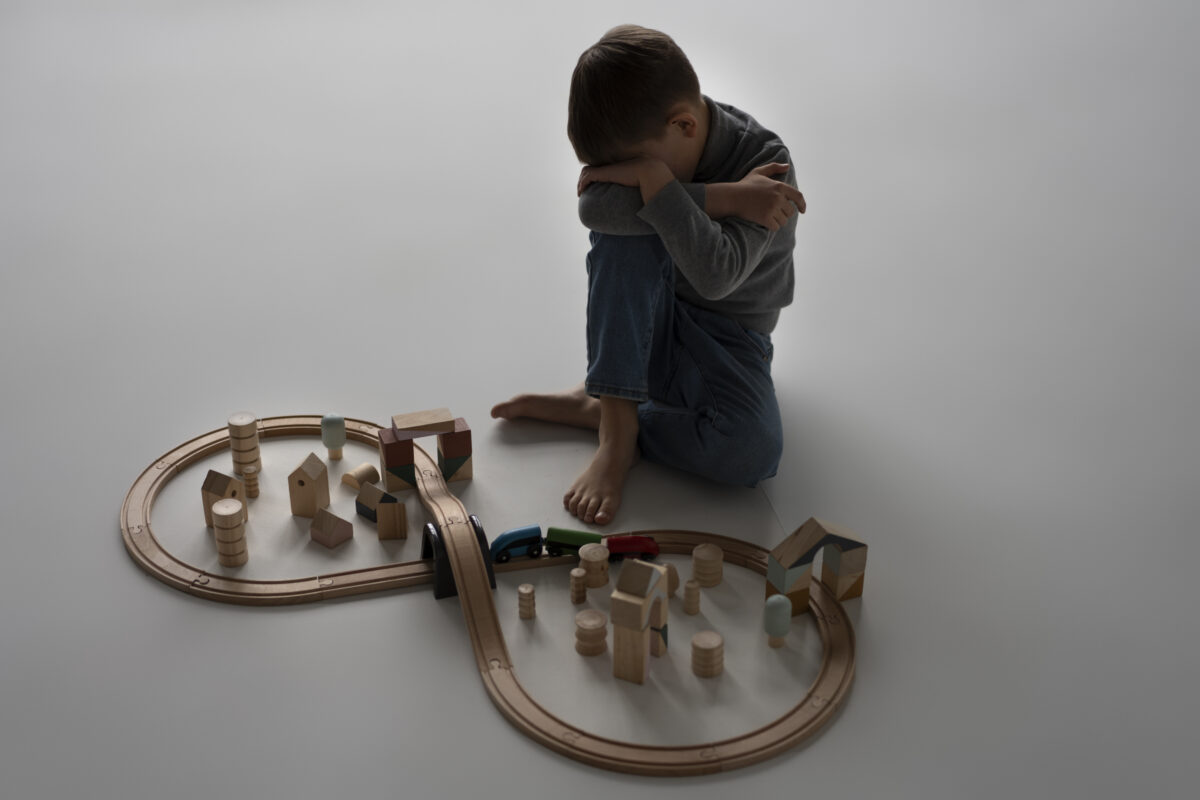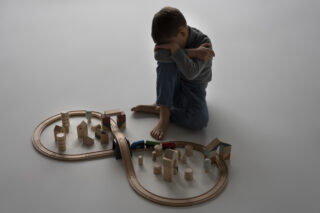Breaking the Stigma Around Developmental Disorders


Development disorders affect millions of individuals around the world, affecting their ability to communicate, learn, and interact with their environments. Unfortunately, Stigma still surrounds these conditions and prevents many families from seeking treatment early. An autism treatment center in Thrissur plays an important role in solving this problem. providing specialized treatment while educating families and communities on developmental differences. These centers help break down barriers, replace misconceptions with knowledge, and promote empathy.
Recognize the reasons for the stigma
A lack of understanding is often the cause of stigma. A prevalent misunderstanding is that poor parenting, a lack of discipline, or personal weakness are the roots of developmental disorders. delivering compassion and support, these misconceptions cause discomfort, fear, and exclusion. One of the most discussed developmental disorders, autism spectrum disorder (ASD), is still not completely understood. Families may be hesitant to ask for support due to social judgment, which can delay earlier intervention—crucial for development.
Why does it mean breaking the stigma?
Raising awareness is only one part of breaking the stigma; another promotes inclusion. People feel more comfortable asking for assistance, engaging with society, and understanding their potential when stigma is removed. Open communication, educational programs, and awareness-raising campaigns are crucial to this transformation. A strong example of this is how an autism treatment center in Thrissur integrates both therapy and social search. They work not only to improve the skills of individuals but also to educate the masses to replace myths with understanding. This double approach is a powerful way to break down the stigma.
Creating a Supportive Community
When society accepts compassion and understanding, it becomes stronger. For those who have developmental disorders to feel supported, communities, schools, businesses, parents, and caregivers must collaborate. Schools may adjust their teaching strategies according to various requirements, and workplaces may implement inclusive policies. Community housing and support groups can offer a secure setting for families to exchange techniques and experiences. Having access to expert advice is another crucial component. Joining an autism treatment center helps families feel less humiliated in their own communities by providing them with support and assistance, along with specialized care for their children.
change the story
Changing the story of developmental disorders requires the transformation of public opinion. These conditions should not be regarded as limitations but as differences that provide unique abilities and perspectives to society. Positive media presentation, educational efforts, and sharing of success stories all contribute to this change.
Consciousness Society gives individuals and families the opportunity to speak openly, share experiences, and build support networks. This openness is the most powerful way to break the stigma.
conclusion
Breaking the stigma associated with developmental disorders is an ongoing journey that requires empathy, education, and collective action. Families, local communities, teachers, and health professionals must work together to create a world where differences are respected, not condemned. With proper support, people with developmental disorders can thrive. Centers like the autism treatment center in Thrissur demonstrate the power to combine specialized care with public awareness. Their work reminds us that breaking the stigma is just possible – it is important to build an inclusive society where everyone has the chance to succeed.


